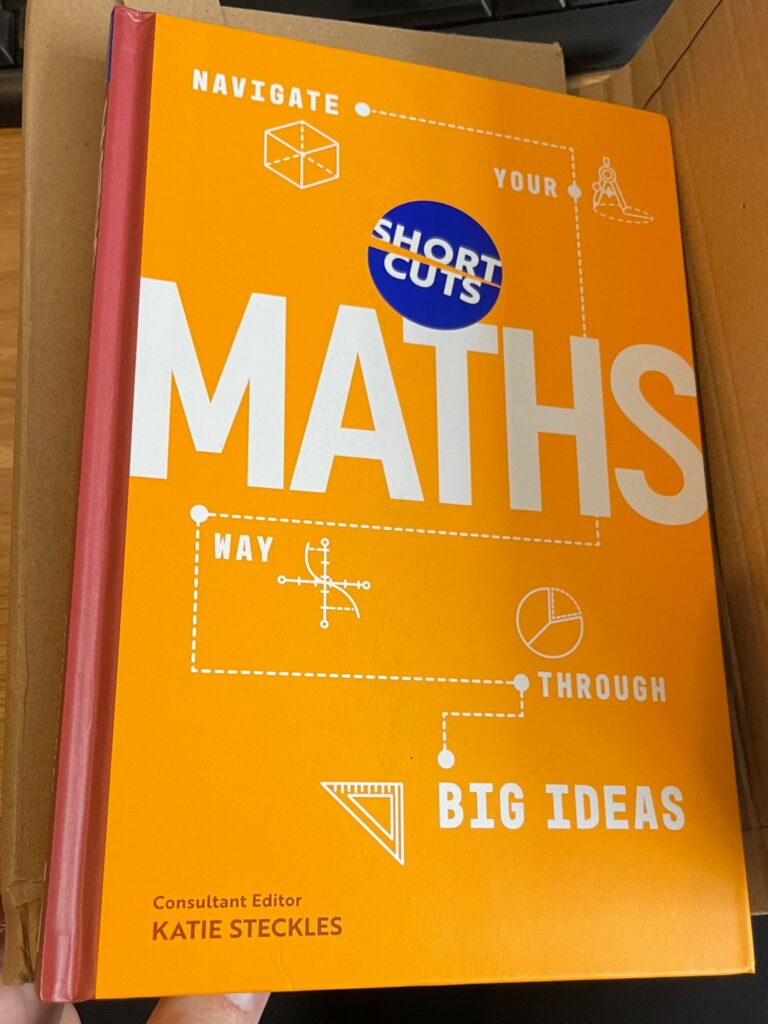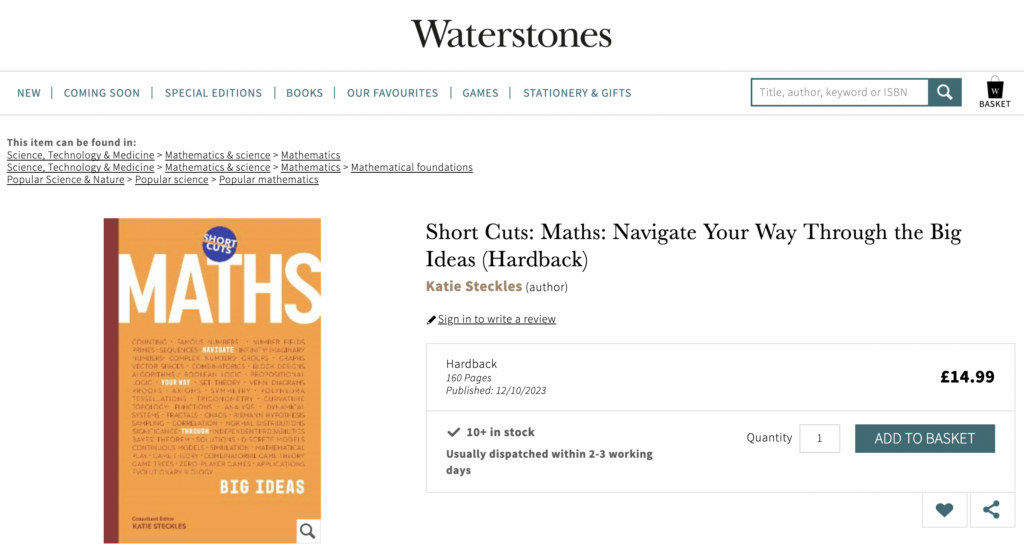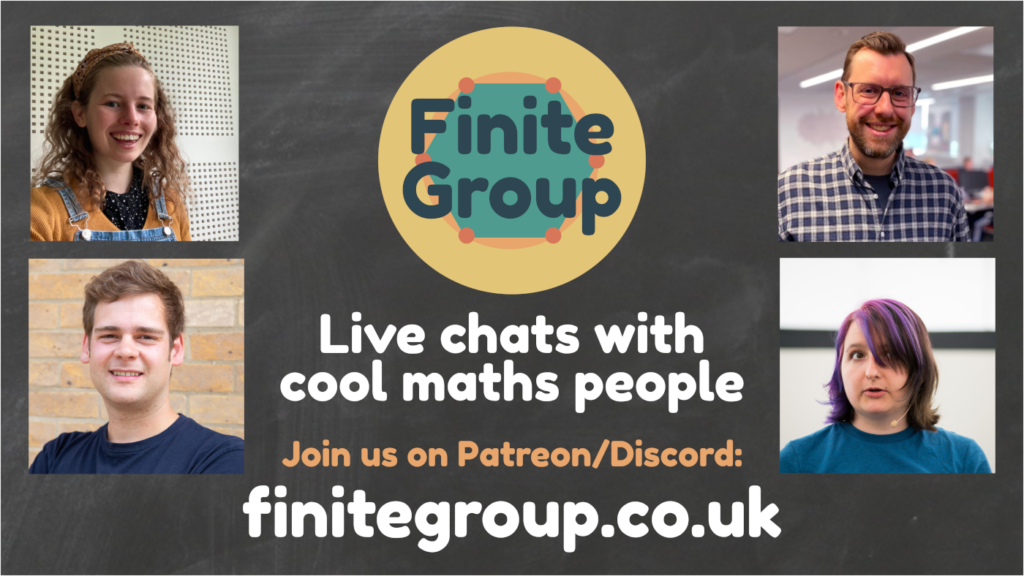Double Maths First Thing is excited about the moon!
Hello! My name is Colin and I am a mathematician on a mission to spread joy and delight in doing and thinking about maths.
Annoyingly, immediately after last week’s issue went out, several interesting things popped onto my radar. One of them was Katie and Peter asking why nobody can draw a noughts-and-crosses board properly.
The other was Matt Parker going to the moon — or at least sending code to the moon to estimate pi. The kickstarter is already way beyond its goal, and schools are encouraged to get involved. I keep telling non-mathematicians about it, and they look blank and say “… why?!”. I shake my head at them. IT’S MATHS ON THE MOON! (I seem to be involved in the project. It is great fun working with bizarre restrictions.)
Links
My favourite link of the week is this, from Abigail Pain, in which she hacks into her cybersecurity homework assignment to avoid having to do it. This falls squarely in the mathematician’s remit of going to extreme lengths to avoid doing any proper work. Of course, there’s also a relevant XKCD.
While my lunar coding hasn’t yet involved any bit-twiddling, it may reach a level where that’s required. This means I’m more than usually interested in a radix \( 2^{51} \) trick for adding things up and a leap year check using bitmasks. Smashing stuff.
Walking legend Robin Houston has pointed me at an online version of Stewart T Coffin’s The Puzzling World of Polyhedral Dissections, which I’ve barely had a chance to glance at, because I would vanish into it for a couple of weeks and DMFT wouldn’t go out on time, my work would go unfinished and neither the kids nor Pete would be fed. If you can read it and summarise for me, that would be great, hmmkay?
What else is good here? Oh yeah square theory. I keep flipping between “this is really obvious” and “that’s actually a really nice model for several things I enjoy” — crosswords, jokes, and proofs.
And my most fun fact of the week: Raisa Smetanina won an Olympic gold medal for cross-country skiing a couple of weeks before her sixth birthday.
Currently
There’s a Finite Group livestream taking place a week today (on Wednesday 25th June) at 2pm UK time. It’s Games Time with James Grime, which is a good title because the names rhyme.
The Carnival of Mathematics is coming home this month, being hosted by Katie at the Aperiodical. If you’ve got a blog that could provide a future stopping-point for the Carnival, let Katie know!
Also, Talking Maths in Public is a couple of months away — whether a Pseudorandom Ensemble show is enough to persuade you or not, bursaries for those who wouldn’t otherwise be able to go are available, but the deadline is this Friday, June 20th at noon UK time.
That’s all I’ve got for this week. If you have friends and/or colleagues who would enjoy Double Maths First Thing, do send them the link to sign up — they’ll be very welcome here.
If you’ve missed the previous issues of DMFT or — somehow — this one, you can find the archive courtesy of my dear friends at the Aperiodical.
Meanwhile, if there’s something I should know about, you can find me on Mathstodon as @icecolbeveridge, or at my personal website. You can also just reply to this email if there’s something you want to tell me.
Until next time,
C





